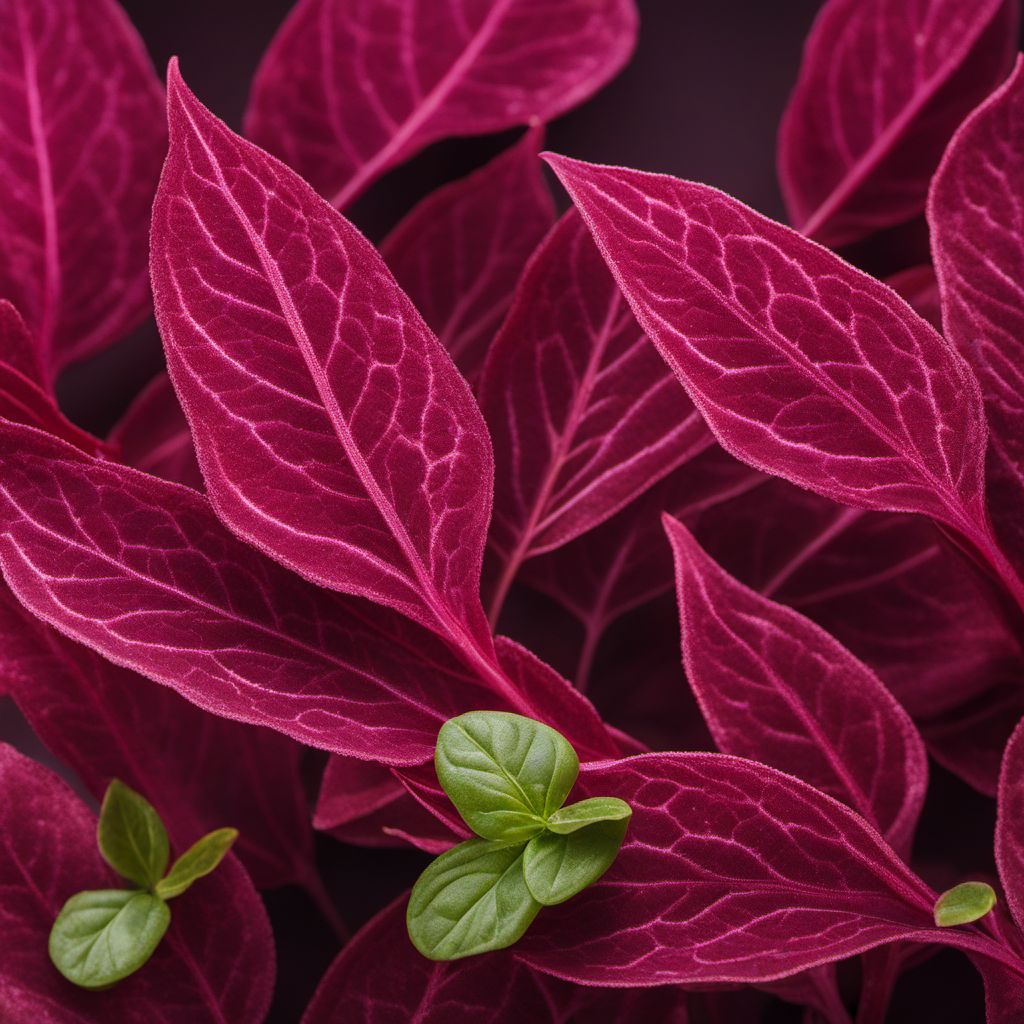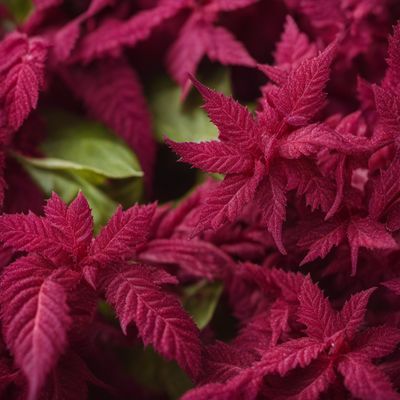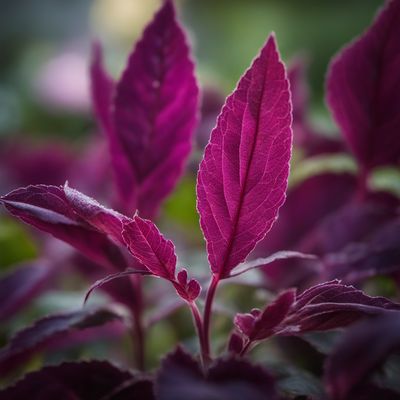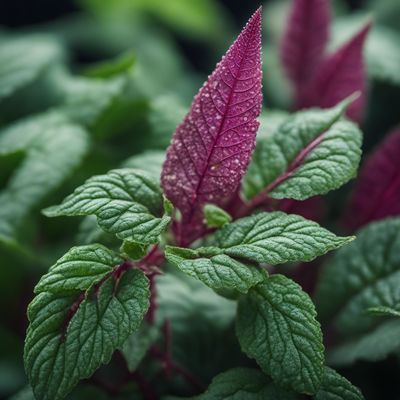
Ingredient
Red amaranth leaves
The Vibrant Green Alternative
Red amaranth leaves are tender and have a slightly earthy and nutty flavor. They have a vibrant red color that fades to green when cooked. The leaves are tender and can be eaten raw in salads or cooked in stir-fries, soups, or sautés.
Origins and history
Red amaranth leaves have a long history and are believed to have originated in Central America. They were cultivated by the Aztecs and Mayans for their nutritional value and used in traditional dishes. Today, they are grown and consumed in many parts of the world.
Nutritional information
Red amaranth leaves are a good source of vitamins A, C, and K, as well as iron and calcium. They are low in calories and high in dietary fiber.
How to select
When selecting red amaranth leaves, look for bunches with vibrant red or green leaves that are crisp and free from wilting or yellowing. Avoid leaves with signs of damage or discoloration. Freshness is key to ensure optimal flavor and texture.
Storage recommendations
To store red amaranth leaves, wrap them loosely in a damp paper towel and place them in a plastic bag. Store them in the refrigerator for up to 5 days. Avoid washing the leaves until ready to use to prevent moisture loss.
How to produce
Red amaranth leaves can be easily grown in home gardens or containers. They thrive in well-drained soil and require regular watering. They can be harvested by cutting the outer leaves as needed, allowing the inner leaves to continue growing.
Preparation tips
Red amaranth leaves can be used in a variety of dishes, including salads, stir-fries, soups, and sautés. They can be added to omelets, pasta dishes, or used as a topping for pizzas. They can also be blanched and used as a filling for wraps or rolls.
Culinary uses
Red amaranth leaves are commonly available in Asia, Africa, and the Americas.



